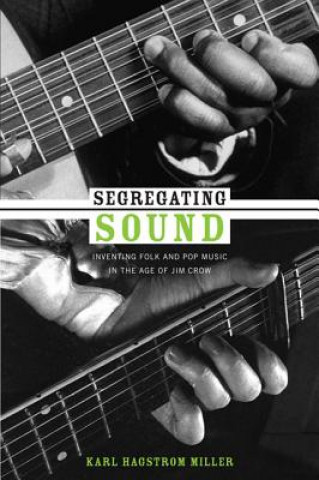
Doručení
Nákupní rádce





Nehodí se? Vůbec nevadí! U nás můžete do 30 dní vrátit
 Dárkový poukaz
V libovolné hodnotě
Dárkový poukaz
V libovolné hodnotě
S dárkovým poukazem nešlápnete vedle. Obdarovaný si za dárkový poukaz může vybrat cokoliv z naší nabídky.
Segregating Sound
 Angličtina
Angličtina
 87 b
87 b
30 dní na vrácení zboží
Mohlo by vás také zajímat


In "Segregating Sound", Karl Hagstrom Miller argues that the categories that we have inherited to think and talk about southern American music bear little relation to the ways that southerners long heard and played music. Focusing on the late nineteenth century and the early twentieth, he chronicles how southern music, a fluid complex of sounds and styles in practice, was reduced to a series of distinct genres associated with particular racial and ethnic identities. The blues were African American. Rural white southerners played what came to be called country music. By the 1920s, these depictions were touted in folk song collections and the catalogues of 'race' and 'hillbilly' records produced by the phonograph industry. Such simple links among race, region, and music were new. Black and white artists alike had played not only blues, ballads, ragtime, and string band music, but also nationally popular sentimental ballads, minstrel songs, Tin Pan Alley tunes, and Broadway hits. In a cultural history filled with musicians, listeners, scholars, and business people, Miller describes how folklore studies and the music industry helped to create a 'musical colour line', a cultural parallel to the physical colour line that came to define the Jim Crow South. Segregated sound emerged slowly through the interactions of southern and northern musicians, record companies who sought to penetrate new markets across the South and the globe, and academic folklorists who attempted to tap southern music for evidence about the deep history of human civilization. Contending that people's musical worlds were defined less by who they were than by the music that they heard, Miller challenges basic assumptions about the relation of race, music, and the market.
Informace o knize
 Angličtina
Angličtina




 Jak nakupovat
Jak nakupovat


























